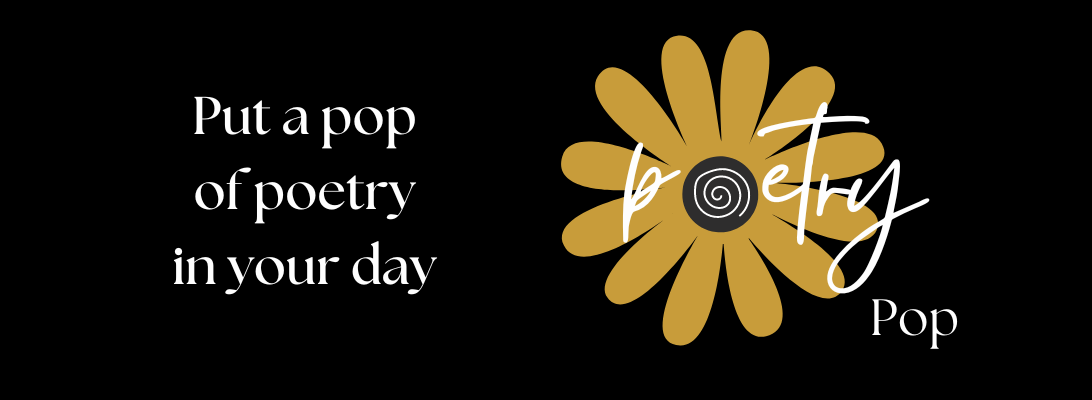UPDATE 8.19.23: DUE TO POPULAR DEMAND, THIS HOW DO YOU HAIKU BLOG SERIES IS NOW A BOOK! AVAILABLE SEPT 1, 2023. 🙂
And here we are, nearing the end of our How Do You Haiku?© series with the sixth of seven ways to write and share Haiku! Last week we created a Saijiki (season word dictionary)! Today, we’ll have fun with Haiga.

first things first: what is haiku
old pond— frog jumps in sound of the water
This short poem is a haiku. It is Japanese poet Matsuo Basho’s famous poem from the 1600s. These three lines tell us something about nature (and season) and capture a moment in time. When you capture a scene in this way, it’s called a “haiku moment” —it’s like a snapshot or a sketch, but with words.
Some people like to write their haiku in a strict 17-syllable count (five syllables for the first and third lines and seven syllables for the second line). Others want the freedom of writing three short lines without counting syllables (modern vs. Japanese forms). The main thing to remember is your poem should be easy to say and read in one breath. Read here if you want more instruction on writing haiku (season words, form, tips, and how to count syllables).
Now, onto our sixth way to write and share haiku.
#6: Haiga (haiku with an illustration or painting)
Often called, Zen Art, Haiga combines haiku and drawings on the same paper. The mind’s eye can visualize a haiku (a moment in time) but displaying both the poem and a painting increases the poetic experience…the splash of the water, a leaf drifting on the breeze, or a drop of dew on a blade of grass.
I gave Haiga a try
You can use any form of painting or drawing you’d like. Since original Japanese haiga is made with simple brush strokes, I thought it was the perfect opportunity to try a new (to me) drawing technique called Paint Blots. Here’s how I created the haiga below:
- Drop a dime sized dab of paint on a piece of paper (I used a piece of card stock, quartered, but index cards would work great too) then spread the paint around with a palette knife or another flat-edged tool.
- When the paint dries, look at your blot, turn it around and look from all angles. What do you see? I made ten paint blots and ended up with three good images to work with.
- Next, outline the image you see. I saw the head of a dog.
- Now, write a haiku directly on the paper with the painting (your own or a favorite haiku of another poet). I used one of Basho’s haiku. I love that his sense of humor shines through in many of his poems as in the haiku below.

YOUR TURN
This is a great activity for the whole family so grab the kids, some heavy paper or index cards, a palette knife, and acrylic paint (purchase for just a few dollars at any store that carries craft or art supplies). Ready, set, smear! What do you see in your paint blots? Use your imagination. Now add a haiku!
how do you haiku?© recap
I had fun sharing some different ways to haiku with you all! Here’s a recap of the last six posts. If you missed any posts or want to re-visit them, just click the image and I’ll take you there.






THANKS FOR POPPING IN
If you enjoy Poetry Pop, please share the love with your friends, family, and teachers using the buttons below. I am growing my site and always appreciate a shoutout. And as always, thank you for following the blog for your weekly pop of poetry.
Next week
Don’t miss next week when we continue with the seventh (and last) installment in our HOW DO YOU HAIKU?© series. I will be reviewing and recommending some of my favorite books on haiku for both kids and adults to read and share.


